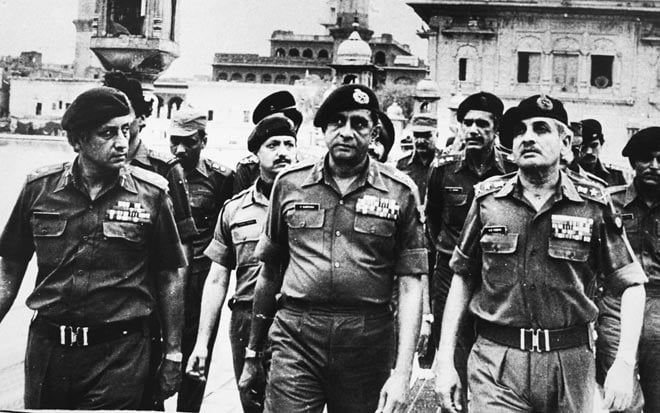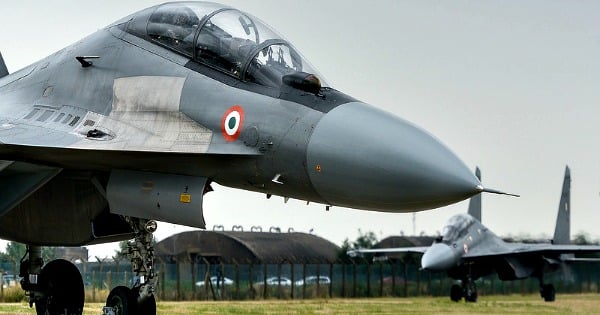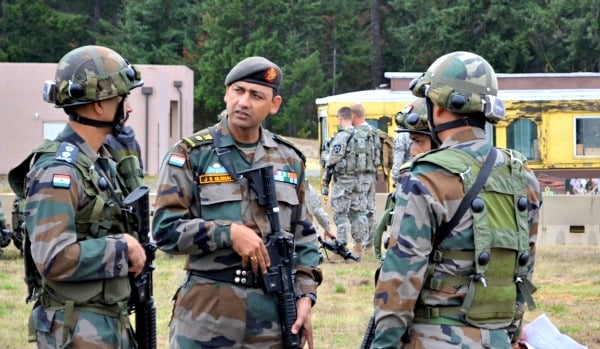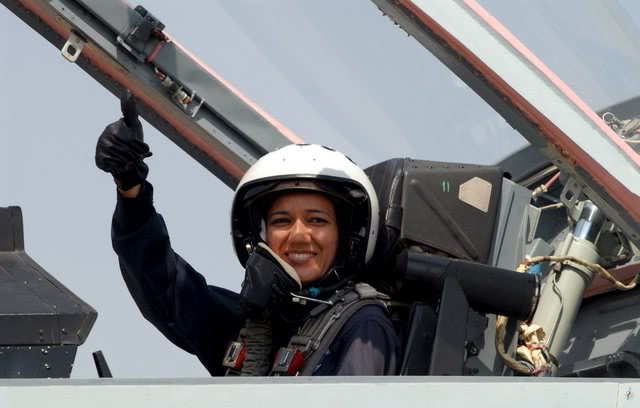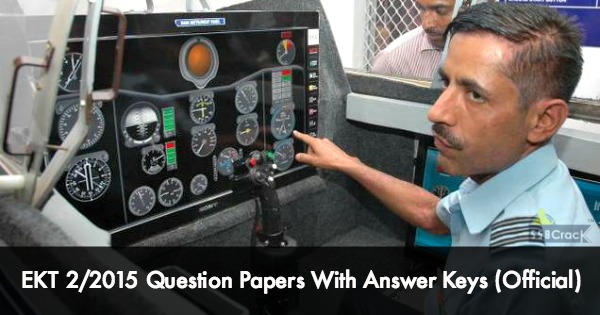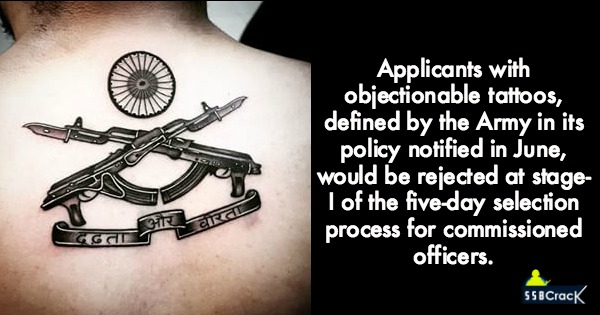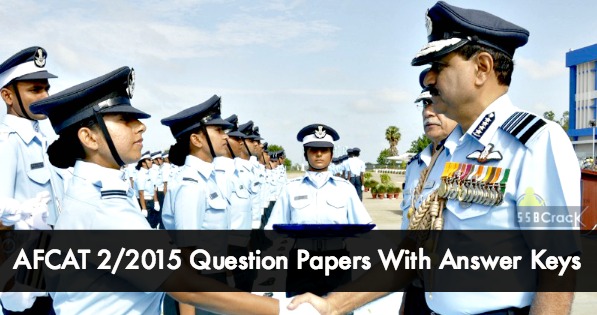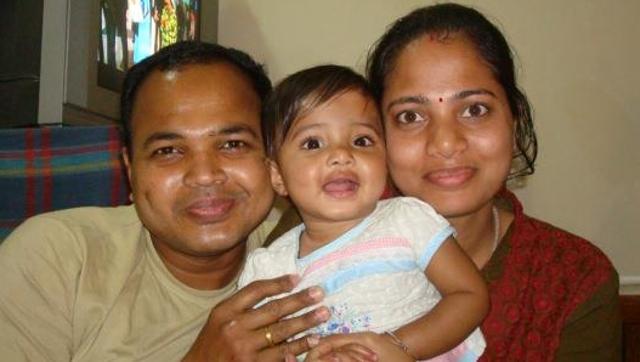As the AFCAT result is announced, several requests of deals related to the Indian air force have been received. Here is the cream layer of all deals that are important and every AFCAT aspirant must be aware of.
15 Chinook and 22 Apache – The most famous deal of the year which is a chain in the India-U.S. relations is chinook and apache deal. The deal weights 15 chinooks and 15 apache helicopters for $ 3bn. Chinook is a heavy lift helicopter, while apache is an attack helicopter. The first helicopter will be handed over to India after four years. It is not the first time when any US company has bagged Indian deal. Earlier, Globemaster, Super Hercules, P-8I, etc. are some of them.
Rafale – French made jets have been in news in the beginning of this year as PM Modi’s visit to France this year was felt successful after he resolved the Rafale. But the current status of the deal is still in waiting. The jets are MMRCA (Medium Multi Role Combat Aircraft). As per the official deal, 36 jets will cost $8-9 bn. The deal is actually still not completed and is expected to be completed in next 2-3 months. The jets will enhance the Indian air force’s need of multirole aircrafts. This deal came after a long time negotiation with French company Dassault for 126 aircrafts out of which most of them would be manufactured in India. But the deal got transparent when PM Modi visited France and took the deal on the track.
Tejas (LCA) – Homemade Tejas aircrafts are 4+ generation jets which will be inducted into Indian Airforce, as announced by the top brass of the respective department. Single seated, single engine and multirole aircraft is curiously awaited. This aim behind making this kind of aircraft is to reduce the dependency over age old MiG aircrafts are overage and several incidents of their malfunctioning are reported. The aircraft has some shortcomings also like it need more maneuver. Aircraft is expected to be delivered to Indian air force shortly and other versions of the aircraft (trainer, navy and navy trainer) will be launched shortly. PM Narendra Modi suggested to induct Tejas after Government rejected the request to purchase more Rafale to cover the requirements.
Akash – Akash missile system is under construction by Bharat Electronics limited for Indian air force and Indiana army. The system is short range surface to air missile with supersonic capability and range 25 Km. In May, this year, Indian army has inducted first regiment of Akash missile. While Indian air force version is already inducted, Indian army has placed order of 2 Regents of Akash missile with one regiment having two launcher. The missile is strong enough to neutralize any cruise missile or jets in range.
AMCA – This is the name which is rarely heard on news or print media. Proposed by HAL, its full name is Advanced Multirole Combat Aircraft. It is the 5th generation aircraft, which is under construction by India. The official designing of this aircraft was kicked off in 2011. It is a 5th generation, stealth integrated, twin engine, single seated jet that will make India more lethal for its enemies. The issue of AMCA was recently raised when the news of induction of Tejas was building fame. Government is planning to focus on AMCA rather than building Tejas MK-II.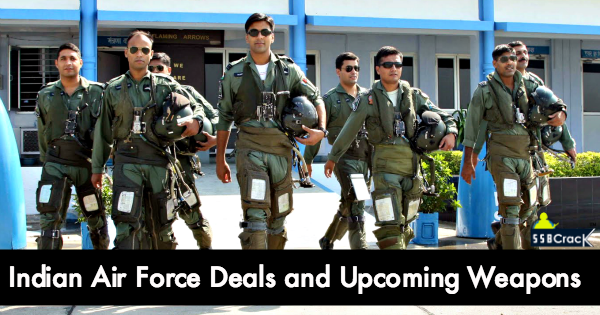
LCH – Hindustan Aeronautics Limited is taking its light combat aircraft under trails. Recently, Hindustan Aeronautics Limited has completed its performance trails. Earlier in June of this year, LCH has cleared its hot weather flight trails in Jodhpur. It is crucial for Indian armed forces as it can exclusively fly at an altitude of 10,000 to 12,000 ft. It can perform wide range of tasks like anti-tank, search and rescue, air defense, etc. It is just a few steps away from its finalization and many eyes are on it.
BRAHMOS– The joint venture missile produced by India and Russia is now a days hanging in air force. Indian Airforce is focusing on installing beyond visual range combat and night vision capabilities in Su-30 in order to make it fit for Brahmos missile, which has range of 300Kms and is lighter then navy’s version. Well, the missile is ready for trails. Here a basic question is usually asked in SSBs related to Brahmos that why the range of Brahmos is caps to 300 even after Russia’s cooperation in production, while India has some other missiles with more range. This is because Russia is a signatory of MTCR and MTCR which restricts its signatories to assist or provide technology to other nation for developing cruise missile with rage more than 300Kms.
These are the main happening which can be asked in AFCAT SSBs. For more information on Current affairs, Keep in touch with SSBCrack.





